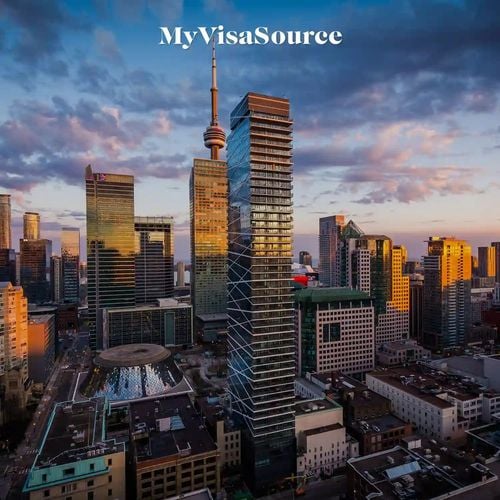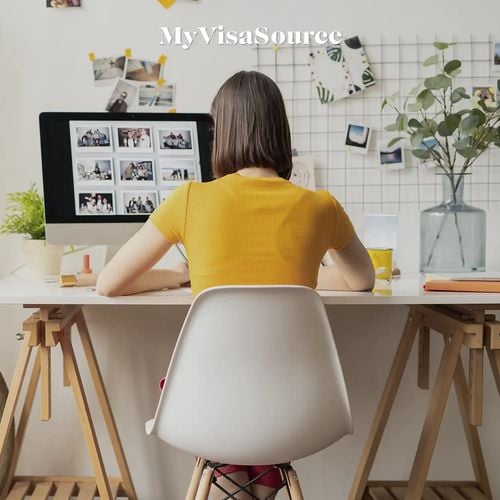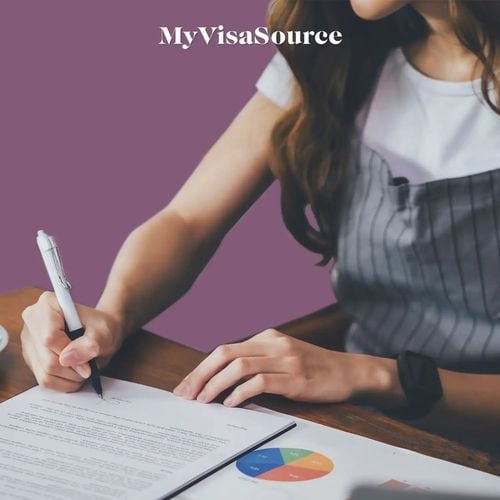Similar to the United States, Canada protects itself against labour problems by generally not allowing visitors to work under work permits. As such, most people will be unable to apply for a work permit while in the country for vacation or to visit family. However, there are certain circumstances and programs that offer a chance for visitors to apply for a work permit while holding a visitor visa. Selecting the right path may simplify the process for you or your loved ones.
Visitor Visas Restrict Economic Activity
The visitor visa is designed to allow people to enter Canada for the purposes of tourism, family, or other short stays. Depending on the country from which you arrive, the duration of the stay may last as long as six months – the length that residents of the United States are allowed to stay under the North American Free Trade Agreement.
Depending on the application you put forth, you may be granted a single-entry visa or a multiple-entry visa. For multi-entry visitor visas, you may be valid to leave and re-enter for up to a decade, with the longest stay being half-a-year. With the single stay visa, in most cases, when you leave you’ll need to reapply for another.
One of the requirements for these types of visas is showing that you will return to your native country, with ties to home such as employment and/or financial assets there considered proof. In other words, the point of the visitor visa is that you’re not arriving in Canada specifically to work.
If an immigration official thinks that you’re attempting to gain access to a work permit through a visitor visa, then you may be denied entry to Canada altogether.
Keep in mind that the Immigration Canada will soon require all visitors to have an Electronic Travel Authorization to visit the country as of September 29th, 2016, regardless of whether you're arriving to work or to visit as a tourist.
Applying To Work While In Canada
When you’re within the borders of the country as a visitor, the majority of applications to work within Canada will be immediately denied. Essentially, while you’re in Canada as a visitor, there are only specific circumstances that will allow you to apply.
For the majority of cases, you’ll need to apply from outside the country before you’ll be allowed to obtain a work permit.
According to Immigration, Refugees and Citizenship Canada (IRCC), you may apply for a work permit within Canada under these circumstances:
- A valid work or study permit is held by your spouse or parents.
- You want to apply for a permit for a different type of employment while possessing a permit for your current work.
- You possess a temporary resident permit with a validity longer than half a year.
- As an applicant for permanent residence status while within Canada, you pass stages in the process that allow you to apply for a work permit.
You’ll need to pay fees and sort out which offices you must apply through for the work permit. Even if you’re allowed to apply while inside Canada, you may need to submit this application to an embassy that’s located within your home country.



















